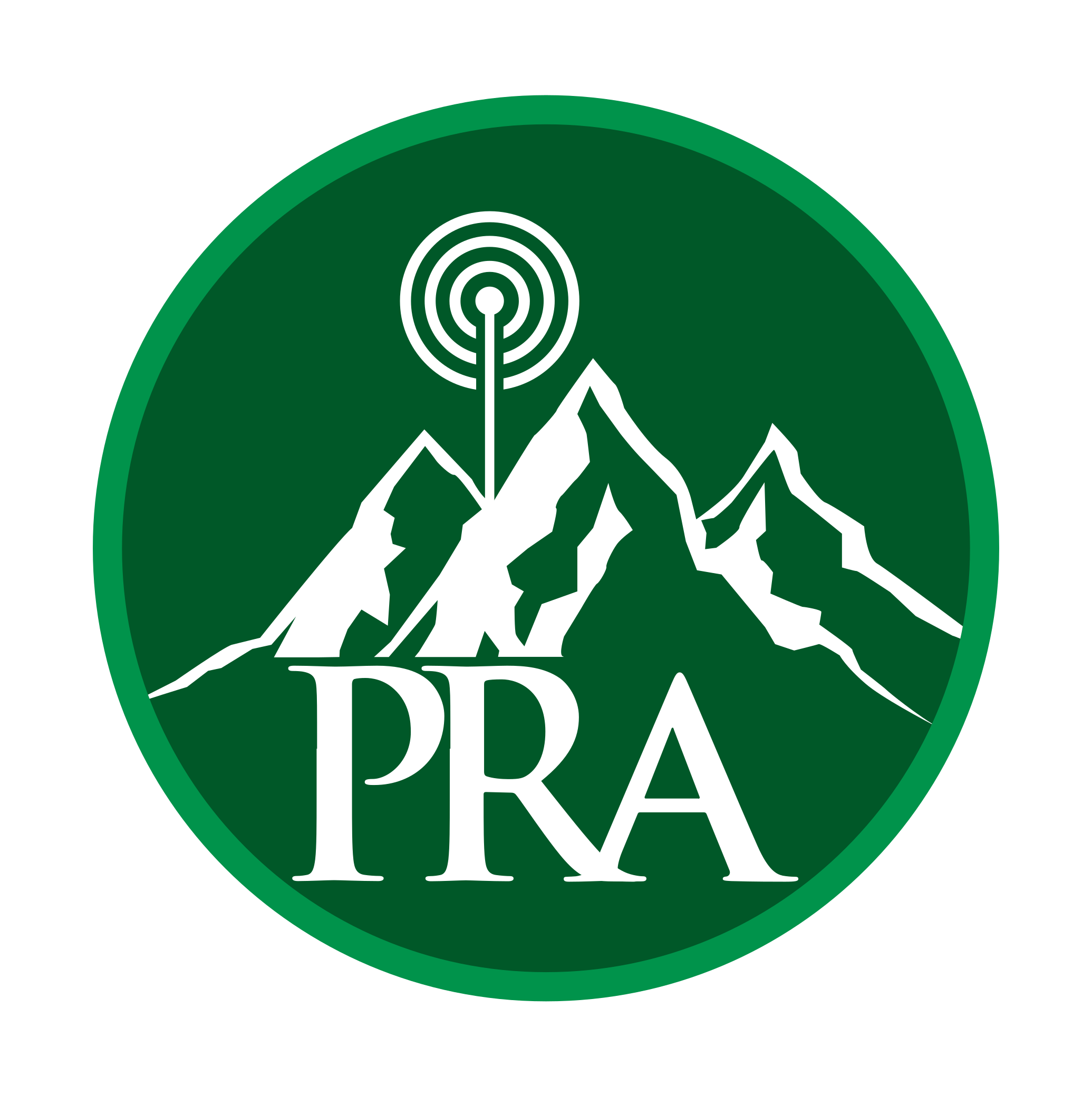Questions.... I have soooo many questions. I will keep it simple and start with this one first.
I just received my Technician license last Saturday. The test was the easy part of all of this. The complexities and information, both good and bad that are all over the internet make it almost impossible to know what is true or just internet garbage.
Short question:
What frequencies can I use for simplex? This question is based on being able to talk locally, line of sight, with a friend.
I have read everything from any frequency my license allows to all kinds of interference issues and channel restrictions. I have read band plans, frequency charts, FCC pages, recommended hot spot simplex frequencies and on and on. HELP!
Is there an easy answer? Can I use any frequency as long as it does not connect to a repeater? No offset, T-CTCS off etc. My radio journey is just beginning and I am already overwhelmed by the difference in what I read.
Thank you in advance for your help.
First and foremost, welcome to the hobby and the PRA Brad!
FCC rule 97.101 covers the allowance of channelization of certain ham bands under the "cooperation of selecting channels" rule. In Colorado, CCARC handles band plan coordination and you can find all the simplex allocations there.
73, AB0L.
AB0L (Formerly N0KAI)
-----
Kenwood TM-V71A, Kenwood TS-590S, Icom ID-4100A, Yaseu FT-891, TYT MD-UV380, TYT MD-380, Kenwood TH-D7A, BTECH UV-5X3, µBITX V5, µBITX V4, QRPGuys 40/30/20m DSB Digital Transceiver
@3d0g Thank you for your reply, information and welcome.
I do have the CCARC band plan printed out. It is good information.
I guess my problem is there is too much information out there that I do not understand. One of the many other sources of information I found was from hamradiodeluxe.com that also references the CCARC guidance for simplex hotspot use. When I compare those frequencies to the Revision D in the CCARC you sent, it shows all of those hotspot frequencies are all output frequencies of repeaters.
Wouldn't that mean that anything I send out would be heard by any one on the repeater? In turn causing interference? I thought the point of simplex was to keep local traffic off the repeaters.
This along with other confusing info has lead me to ask this question. I am still very new and learning every day.
Thank you for the help and I will stick to the CCARC channels in the band plan.
The CCARC hotspot recommendations are relatively recent so it's understandable there's some confusion. Indeed, the chosen frequencies overlap outputs, not of repeaters but auxiliary station pairs. Auxiliary stations are much less common and by sharing the output frequency with such low power devices like hotspots, the risk of interference is very low.
73, AB0L.
AB0L (Formerly N0KAI)
-----
Kenwood TM-V71A, Kenwood TS-590S, Icom ID-4100A, Yaseu FT-891, TYT MD-UV380, TYT MD-380, Kenwood TH-D7A, BTECH UV-5X3, µBITX V5, µBITX V4, QRPGuys 40/30/20m DSB Digital Transceiver
You need a program to keep up with changes. Google national UHF/VHF amateur simplex calling frequencies and you'll find they don't quite compare to CCARC. So to answer your your question yes it is confusing. I would look at Colorado and National call frequencies, CCARC frequency, and the list of local repeaters before choosing a simplex frequency. I would also suggest using minimum power that works. This last suggestion applies to all of ham radio HF, UHF, and VHF in order to minimize interference to others.


